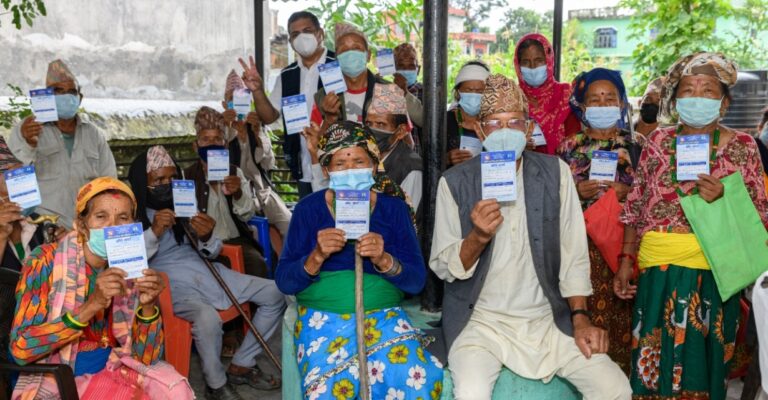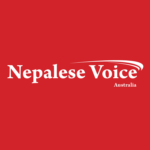
Experts have attributed widespread vaccination drive and development of COVID-19 antibody among those who’ve been infected for the gradual decline in daily coronavirus cases in Nepal despite the relaxation in prohibitory orders.
According to the Ministry of Health and Population, the country’s daily COVID-19 infection rate has dropped to 10 percent in the last three days. The infection rate has remained below 14 percent for the last two weeks.
According to the Ministry, the number of active infections has been limited to less than 30,000 for four consecutive days.
By the time the second wave of COVID-19 infection reached its peak, the number of active infections had soared to more than 100,000, with the daily infection confirmation rate reaching 30 percent.
REASON FOR PLUMMET
BBC Nepali quoted a Health Ministry spokesperson as saying that the decline in daily infections was due to access to vaccines, antibodies developed among previously infected people and public awareness.
“The Ministry’s sero-prevalence survey also found that antibody was present in 80 per cent of the people who’ve been vaccinated with single-dose and in 90 per cent of those who’ve received both doses. Overall, 68 per cent of the total sample population had antibodies,” the official said.
According to the Health Ministry, more than 10 million Nepalis have been vaccinated against COVID-19 so far. As of Saturday, 5.161 million people were fully vaccinated.
On Saturday, as many as 777 new cases of coronavirus infection were reported across the country, including 230 in Kathmandu, 85 in Lalitpur and 42 in Bhaktapur. Twelve people succumbed to the respiratory contagion on Saturday.
Director of the Teku–based Shukraraj Tropical and Communicable Diseases Hospital Dr Anup Bastola informed that the hospital witnessed a decline in the inflow of COVID patients of late.
He added that the infection rate could further decline in the second and third week of September. “Access to vaccines has been significantly expanded in Nepal, while those at the risk of getting infected appear to have already been infected,” said Dr Bastola.
The Ministry of Health has said that although there is no major risk from the currently active Delta, Beta, Alpha and Gamma variants, the risk may increase with the arrival of new variants.
THIRD WAVE
As per Dr Bastola, development of antibody could only be the logical reason behind no significant rise in COVID-19 infection despite people gathering in crowds to celebrate various festivals.
Experts at the Ministry of Health have estimated that the COVID-19 third wave had started immediately after the second wave in Nepal, and the third wave is gradually subsiding now.
“The second wave was much bigger than the first. But, the third wave seems to be subsiding already. We, however, don’t think the third is over just yet as the situation remains risky because of new variants,” BBC Nepali quoted a Ministry official as saying.
Meanwhile, the Ministry has warned that the risk may increase again from the end of September as more people will be traveling during the forthcoming festivals.
MORE THAN 500 CASES
Kathmandu, Bhaktapur, Lalitpur, Makwanpur and Kavrepalanchok districts in Bagmati Province have more than 500 active cases and are considered as risky areas.
Similarly, Nawalparasi East, Kaski and Baglung of Gandaki Province have over 500 active COVID cases. Same is the situation in Morang, Sunsari and Jhapa of Province 1, in Rupandehi of Lumbini Province and in Surkhet of Karnali Province.
VACCINATION PROGRESS
So far, a little over 5.16 million people have been fully vaccinated across Nepal, as per the Health Ministry while the number of people getting their first dose of anti-COVID vaccine has exceeded 5.769 million.
Nepal government has been administering UK-made Oxford-AstraZeneca, China-made Vero Cell, India-made Covishield and US-made Johnson & Johnson’s single shot Jansen vaccines.






